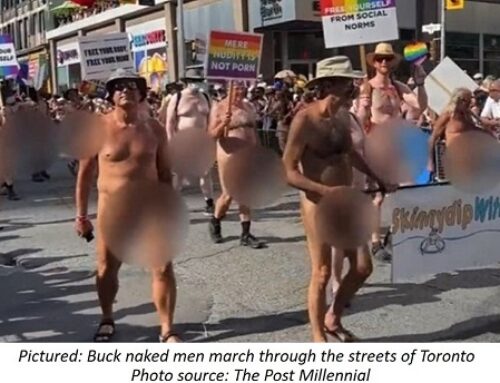 A philosopher once pithily observed that “the map is not the territory.” The same can certainly be said of statements about the Roman Pontiff made in the mainstream media: they do not offer trustworthy maps for navigating the territory of what Pope Francis actually did or said on any occasion. One always needs a ressourcement, a return to the sources, when judging such stories.
A philosopher once pithily observed that “the map is not the territory.” The same can certainly be said of statements about the Roman Pontiff made in the mainstream media: they do not offer trustworthy maps for navigating the territory of what Pope Francis actually did or said on any occasion. One always needs a ressourcement, a return to the sources, when judging such stories.Thus, when adulation greeted the “green Pope” for Laudato si’, his new encyclical letter concerning “our common home,” the discerning listener knew that this celebration depended on the same omissions and misreadings that always filter Francis’s messages from the people that he longs to reach.
To hear the media tell it, a Greenpeace press release had emerged from the Vatican, and radical environmentalism had been enshrined within Catholic thought. In fact, however, while Francis’s encyclical will enter the large body of the Church’s social teaching, and it is not the case that the Catholicism has taken a radical (or really) new direction at all; Francis is not promulgating new teachings, but applying extant ones to a contemporary topic. Instead, the frequently misunderstood Francis has challenged the very environmental movement that has been so eager to recruit him – and he has done it at the deepest level.
The Pope’s new encyclical is imbued, on its every page, with the profound truth that nature is created, that it tells of its Creator, and that the human person – far from marring this work with his mere existence – is the most beautiful part of creation’s whole. As George Weigel, Pope Saint John Paul II’s biographer, put it, Francis has redefined care for the environment such that “being ecologically conscious and environmentally committed necessarily means being pro-life.” As the Pope himself writes: “When we fail to acknowledge as part of reality the worth of a poor person, a human embryo, a person with disabilities … it becomes difficult to hear the cry of nature itself; everything is connected.”
The connections that Francis makes in Laudato si’ have been carefully decoupled in the media’s reports. But his encyclical letter, “addressed to all people of good will” and readily available directly on the Vatican’s website, does not depend on the media and its misrepresentations. Those moved to read what Francis actually wrote will find much more in the territory than in any of the media’s airbrushed maps: they will, indeed, find a way to care for our common home that is rooted in the dignity which man and nature have by virtue of their common source, the Creator.




